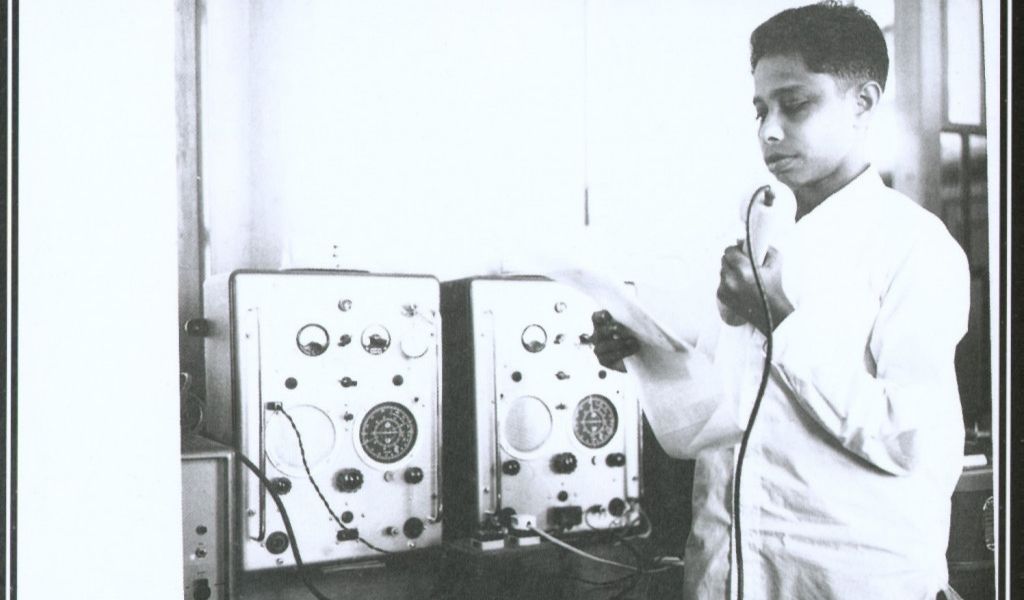
The Childhood Days of the Radio Station Which Has Been the ‘Voice of Maldives’ for 58 Years
The first radio service in the Maldives – Dhivehi Raajjeyge Adu – was launched 58 years ago, today. At inception, broadcasted for just mere 4 minutes, the service has expanded over the years and have come to become one which is available for the ears 24/7.
Initially operating under the name ‘Male’ Radio’, the state owned radio service began operations with clear objectives to inform, educate and entertain the public as a normal radio communication without any specialized knowledge of broadcasting. At that time, the broadcasting equipment was made locally by hobbyist. Usually, the programs only aired for about five to ten minutes with two minutes of news and current affairs. Within a year into operations, the radio service was taken over by CINEMA Company and the broadcasting service was renamed to ‘SENECO RADIO’ with newly built local SW transmitters. Eventually, the government fully took over the service on 11th September 1966 whereas on 19th February 1967, its name was changed to Maldives Island Broadcasting Service (MIBS).
When radio services gained more popularity, the government decided to manage the broadcasting in a purposely built building for it on 26th June 1968. By then, due to advent of new technologies and the importance of this essential service, the government decided to re-structure the service and later renamed to ‘Radio Maldives’ on 16 February 1969.
The late seventies played an important role as radio services became even more popular amongst the public. Consequently, an increase in its current air time was seen which facilitated 9 hours and 15 minutes per day for local programs that concentrated on music and 21/2 hours daily dedicated to international news and music.
Radio Maldives was transformed to ‘Dhivehi Raajjeyge Adu’ by the former President Maumoon Abdul Gayyoom, on 19th January 1980. This was the beginning of a new era of broadcasting which eventually led to beginning of broadcast of the services to the whole nation in the year 1981.
Furthermore, with the ever increasing demand for radio, there was an immediate need for a building expansion to cater for recording and production studios which gave way to a foundation for a totally new building; the one we presently see in Male’ City.
(Photos: PSM)